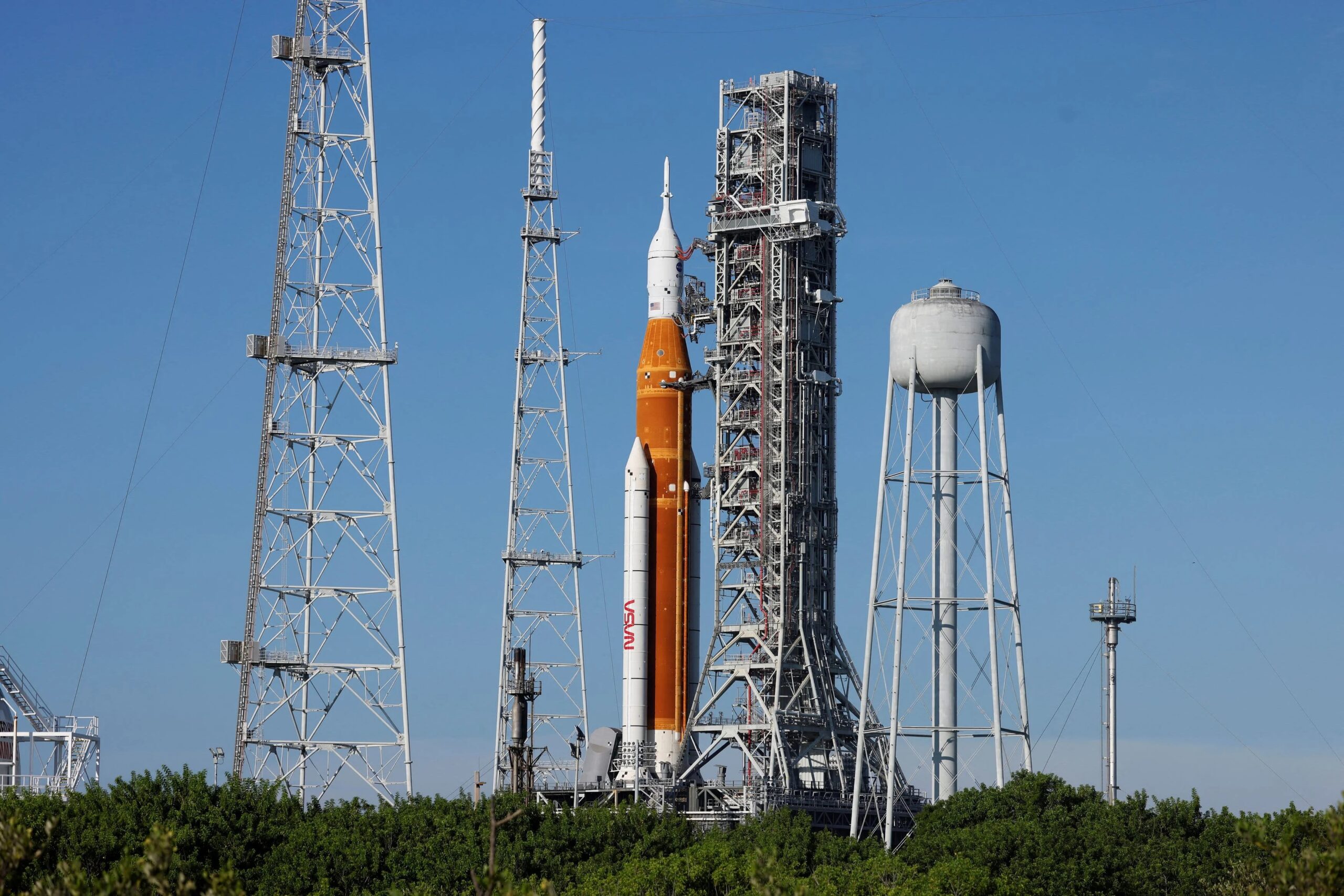NASA to replace seal on Artemis 1 moon rocket that leaked on launch pad

NASA’s Artemis 1 moon rocket remains on the launch pad, at least for now.
Artemis 1 will send an uncrewed Orion capsule to lunar orbit and back using NASA’s new Space Launch System (SLS) megarocket. NASA attempted to launch the epic mission on Saturday (September 3) but stalled when it was unable to repair a leak of supercold liquid hydrogen (LH2) propellant in time for liftoff.
The leak occurred at the interface “quick disconnect” connecting the SLS core stage with the propellant line coming from the giant rocket’s mobile launch tower. After days of analyzing the problem, the Artemis 1 team has decided to replace the seal on the misbehaving quick disconnect, agency officials announced in an update (opens in new tab) Tuesday evening (September 6).
The work will be done at Pad 39B at the Kennedy Space Center (KSC) in Florida, where the Artemis 1 stack has been for the past three weeks.
“Working on the pad requires technicians to create an enclosure around the work area to protect the hardware from weather and other environmental conditions but also enables engineers to test repairs in cryogenic, or supercold, conditions,” NASA officials wrote. Tuesday update.
“Working on the pad allows teams to collect as much data as possible to understand the cause of the problem,” he added. “Teams can return rockets to the Vehicle Assembly Building (VAB) for additional work that does not require the use of cryogenic facilities available only on the pad.”
And the VAB may require a rollback if the team wants to make further repairs there. U.S. Space Force has certified Artemis 1’s Flight Termination System (FTS), which will destroy the rocket if it veers off course during liftoff, only for a 25-day period. (The Space Force oversees the East Range, the huge rocket-launch area that includes KSC.) That deadline will pass by Sept. 19, when the next Artemis 1 launch window opens.
Re-certification requires FTS to be tested, which can only be done in VAB. NASA officials have said they may apply for another waiver to extend the certification period, which would allow Artemis 1 to remain on the pad longer, but it is unclear at this point whether they will do so. (Artemis 1 already received one such waiver, from 20 days to 25.)
Saturday’s scrub was the second for Artemis 1. The first, on August 29, was prompted by measurements showing that one of the four engines on the SLS core stage was not cooling to proper prelaunch temperatures. The Artemis 1 team quickly concluded that the reading was due to a faulty temperature sensor and decided to go ahead with the attempt on Saturday.
The team also discovered an LH2 leak during the August 29 attempt, but that one was much smaller than the leak the team is working on now.
Artemis 1 has two launch windows available over the next two months. The first runs from September 19 to October 4 and the second is open from October 17 to October 31. A rollback to the VAB, Sept. 19-Oct. 4 window out of reach.